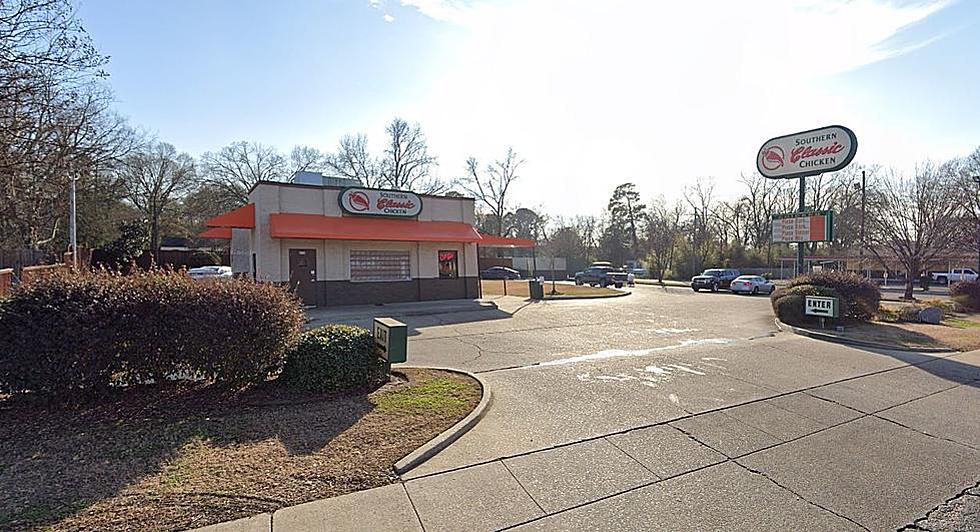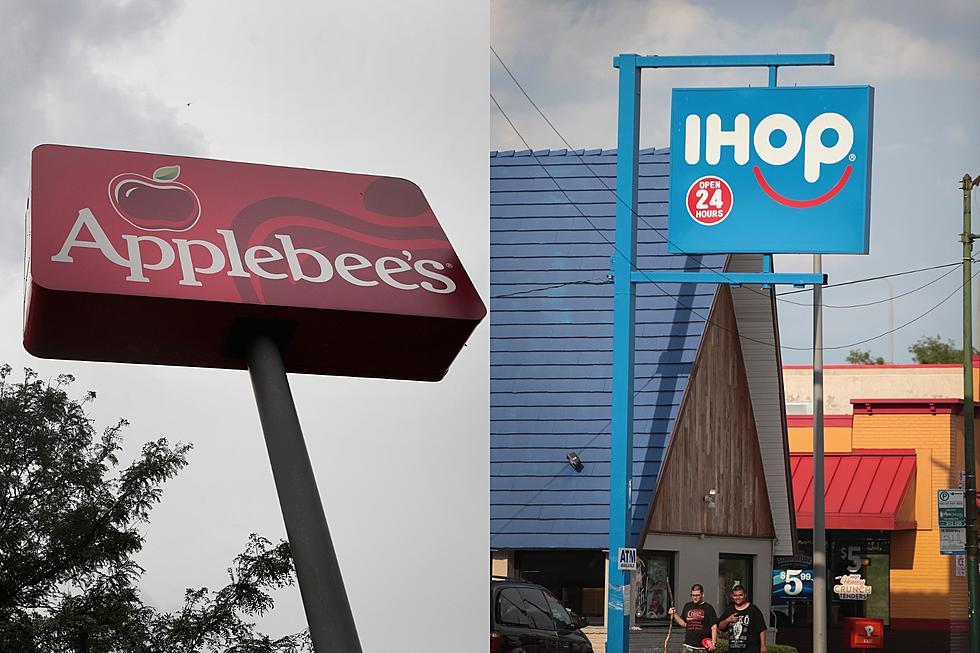
Does an Ancient 2,500-Mile-Long Roadway Really Connect Louisiana to Mexico City?
Have you ever heard of the El Camino Real de los Tejas National Historic Trail? This ancient trail supposedly stretches an astonishing 2,500 miles, forming a historical link between colonial Mexico City and northwest Louisiana. When I first heard about this, I thought, "How did I never know about this?"
After seeing the headline, I got to Googling and as it would turn out, the El Camino Real, a route that now weaves through modern landscapes, is truly "a path grounded in ancient times." Its roots lie in the Native American trade routes and buffalo trails, used by indigenous peoples long before European explorers set foot on the continent. The trail's significance was further heightened when, in 1690, Spanish explorer Alonso de León traveled along its path to establish a mission in what is now eastern Texas.
More than just a passage through the wilderness; the trail has lots of cultural and historical significance. The land it crosses (parts of east Texas and northwest Louisiana), was once a very desirable region, causing conflict among Spanish, French, and American powers, along with the native tribes that had resided there for over 10,000 years.
According to a National Historic Trail Feasibility Study and Environmental Assessment conducted in 1998, the El Camino Real linked Mexico City with the capital of Texas. Historical names like Davy Crockett, Stephen F. Austin, Jim Bowie, and Sam Houston, are linked to the trail's storied past.
Today, this historic route is known as "The Way" or "The San Antonio Road," running through places like Natchitoches, Louisiana, the Cane River Creole National Historical Park, and Cotulla, Texas. Anyone traveling the historical pathway can witness a blend of Native American (Caddo) earthen mounds, Spanish Colonial architecture, and historic settlements including Nacogdoches, San Antonio, Austin, and Laredo.
There are even parts of this ancient roadway that remain unpaved, preserving its historical essence. The El Camino Real de los Tejas is made up of many trails, including Camino Pita, Upper Presidio Road, Lower Presidio Road, and Camino Arriba. Its history is as diverse as its paths, "having served as a post road, a route for cattle driving, predating even the famous Chisholm Trail."
The rise of railroads nearly wiped the El Camino Real from history altogether, but efforts to preserve this historic road have kept its legacy alive. With towns, settlements, and cities along its route actively promoting its heritage, the El Camino Real de los Tejas National Historic Trail continues to be a testament to the shared history of Mexico and the United States.
So, does this ancient roadway truly connect Louisiana to Mexico City? I think our final answer goes beyond maps and studies and can be found in the rich, layered history that this trail embodies.
Places and trails like the El Camino Real can feel like a literal time warp for those who walk its path knowing the history behind it all.
For a deeper dive into this fascinating historical route, go here and I promise you'll be finding a way to plan a road trip soon.
See the Must-Drive Roads in Every State
Gallery Credit: Sarah Jones
More From News Talk 96.5 KPEL









